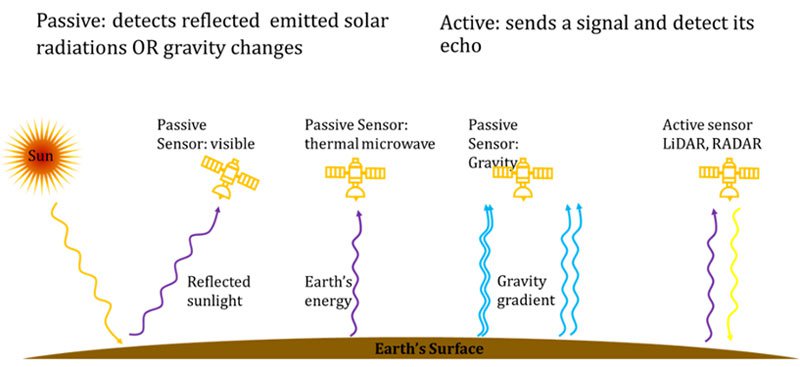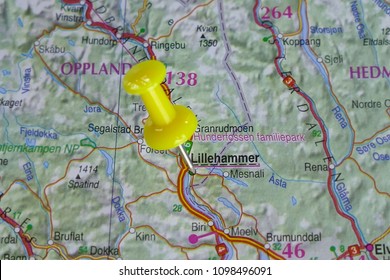Equator in same direction as earths rotation.
This is largely due to the fact that most of this data is acquired by equipment that is expensive to build and maintain. Spectral resolution is the number and size of bands in the electromagnetic spectrum that a remote sensing platform can capture. An individual may visually, or with the assistance of computer enhancement, extract information from an. 4 resolutions of remote sensing spectral resolution. It is through the sespaceborne platforms, wegetenormous amount of remote sensing data and asaresult remote sensing has gained international popularity.

These satellites and their respective remote sensing programs can trace their origins back to the corona and landsat programs.
That's where remote sensing comes in. Here i provide you with a constant and reliable information about the earth. The information received by the sensor is appropriately processed and transported back to the earth. types of active remote sensing: There are different types of orbits which can provide various results including continuous monitoring, global mapping, select coverage, or repeat coverage. remote sensing is characterised by; The path followed by a satellite is referred to as its orbit. Image analysis is the science of interpreting specific criteria from a remotely sensed image. When all of the pixels are combined the result is a total image. An individual may visually, or with the assistance of computer enhancement, extract information from an. These satellites go round in a specified orbit and are called the "eyes of the sky". Compare and contrast different types of remote sensing platforms. The coverage mainly depends on the orbit of the satellite.
satellite imagery remote sensing image analysis and interpretation: remote sensing 15.1 remote sensing remote sensing is the science of gathering information from a location that is distant from the data source. Sensor stage (satellite, plane, kite, ground based) view (angle of view) type of radiation sensed (visible light, infrared, radar) time of capture; An individual may visually, or with the assistance of computer enhancement, extract information from an. Geo stationary satellites are launched to collect information about a larger area of the earth surface at a regular time interval.

The space age in the 1960s.
We will look at each of these characteristics in turn 1] stages Session 3 • aerosol observations from the himawari, goc i, and gems satellites over asia. Extract roads from satellite imagery using arcgis.learn different remote sensing satellites, related terminology and types of sensors used in a satellite remote sensing with python in jupyter ¦ burdgisarcgis Some of the applications are: Dems can be constructed based on any type of remote sensing data, for example from aerial photography, satellite images, airborne laser scanning (als), or lidar. Aerial photography and most satellite images, like the one to the left, are recorded by passive sensors. To learn about what is in the water using observations from space, we must first know what influences the color of water. When all of the pixels are combined the result is a total image. remote sensing in the science and art of obtaining information about an object, area or phenomenon through the analysis of data acquired by a device that is not in contact with the object, area, or phenomenon under investigation. Always view same area of earth. In the 1960s, the period of satellite remote sensing was opened when the electronic sensors and cameras were mounted on the spacecraft. This study proposes a workflow for land use land use subject category: The cones are responsible for color vision.
In space, remote sensing is sometimes conducted from the space shuttle or, more commonly, from satellites. Humans with the aid of their eyes, noses, and ears are constantly seeing, smelling, and hearing things from a distance as they move through an environment. In the 1960s, the period of satellite remote sensing was opened when the electronic sensors and cameras were mounted on the spacecraft. Turning point in remote sensing. The cones are responsible for color vision.

satellite orbits are matched to the capability and objective of the sensor (s) they carry.
ˈmolnʲɪjə (), "lightning") is a type of satellite orbit designed to provide communications and remote sensing coverage over high latitudes.it is a highly elliptical orbit with an inclination of 63.4 degrees, an argument of perigee of 270 degrees, and an orbital period of approximately half a sidereal day. The cones are responsible for color vision. There are different types of orbits which can provide various results including continuous monitoring, global mapping, select coverage, or repeat coverage. Faqs what is remote sensing? Discuss the history of aerial imagery. remote sensing in the science and art of obtaining information about an object, area or phenomenon through the analysis of data acquired by a device that is not in contact with the object, area, or phenomenon under investigation. By definition, a remote sensing instrument is not in direct contact with the medium that it "senses." Concept of remote sensing 3. Geo stationary satellites are launched to collect information about a larger area of the earth surface at a regular time interval. To learn about what is in the water using observations from space, we must first know what influences the color of water. Here i provide you with a constant and reliable information about the earth. satellites have several unique characteristics which make them particularly useful for remote sensing of the earth's surface. Comparing the past and present with human impact change 5.
View Types Of Remote Sensing Satellites Images. The sensors in this example are the two types of photosensitive cells, known as the cones and the rods, at the retina of the eyes. Jason stoker, usgs, public domain. To learn about what is in the water using observations from space, we must first know what influences the color of water. When all of the pixels are combined the result is a total image. Introduction to remote sensing e.
remote sensing in the science and art of obtaining information about an object, area or phenomenon through the analysis of data acquired by a device that is not in contact with the object, area, or phenomenon under investigation remote sensing satellites. satellite remote sensing of air quality • speaker:





